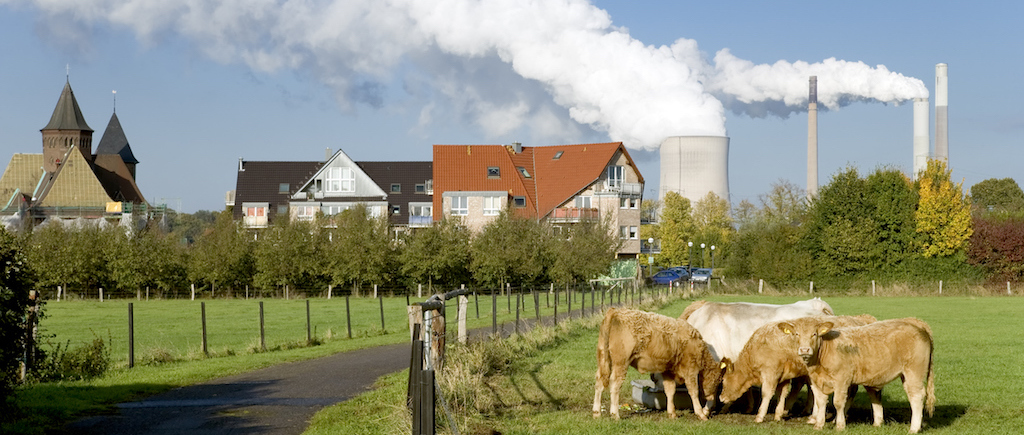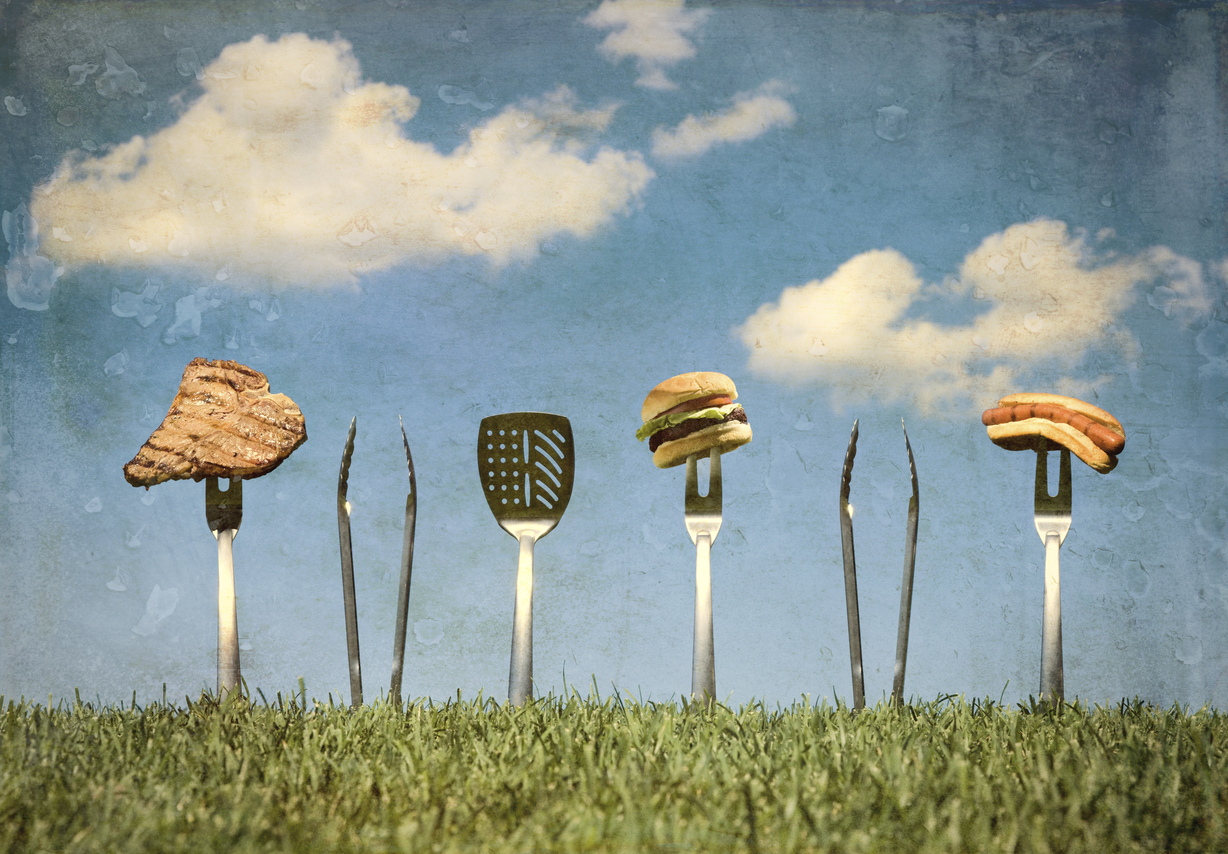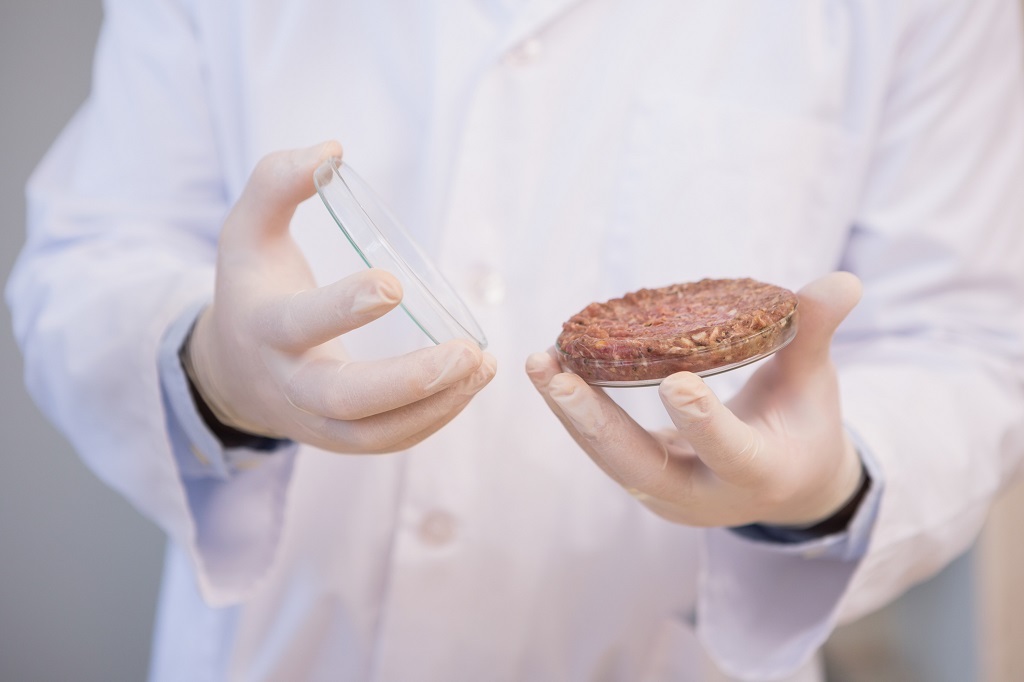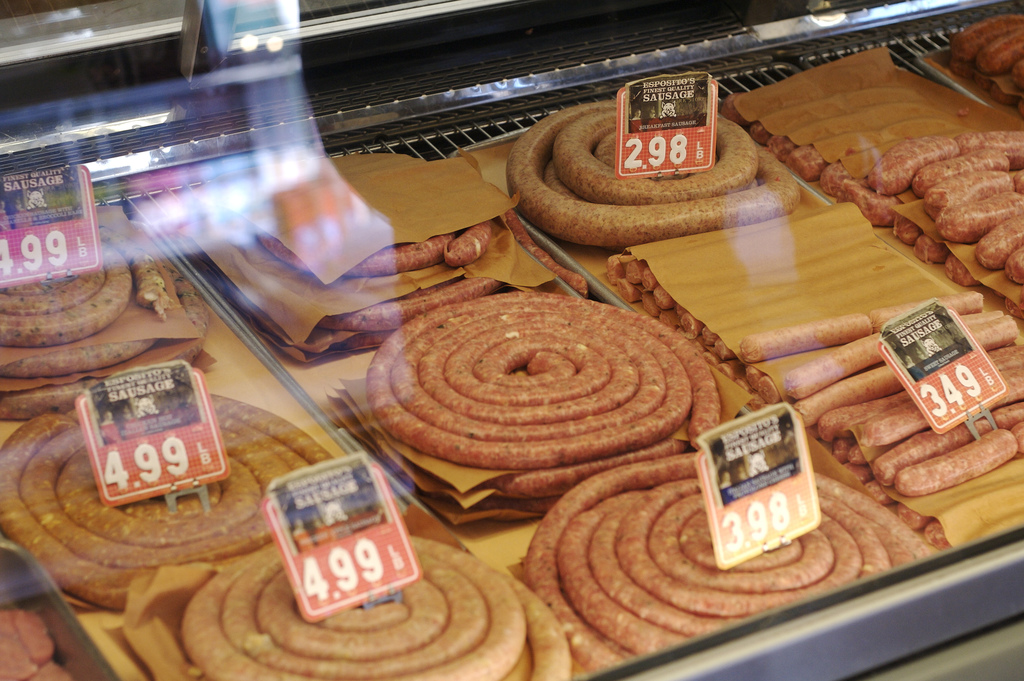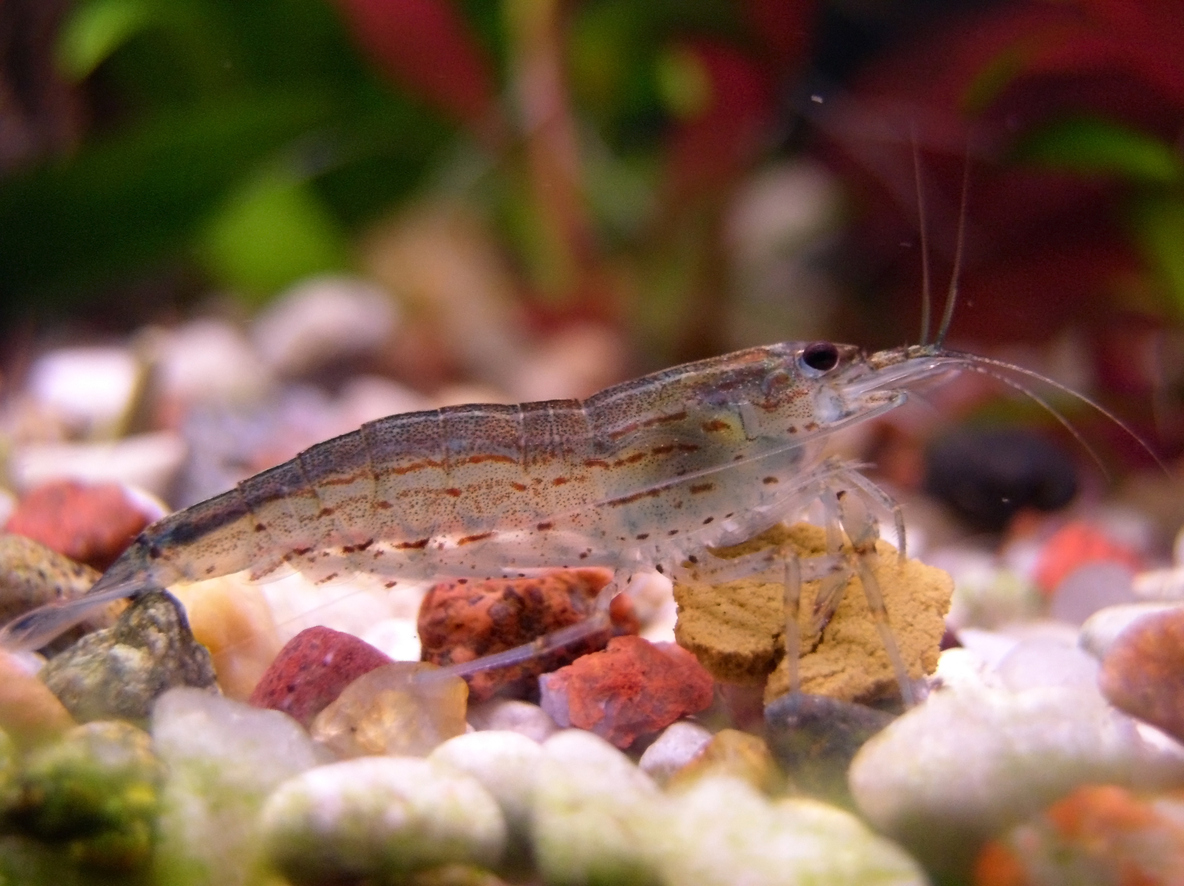
diane555 / iStock
There are serious, enormous, and mind-boggling problems that face humanity. Environmental damage that raises temperatures and causes uncontrollable storms and drought. The destruction of animal species and their ecosystems. More mouths to feed.
For some people, it’s easier to imagine that growing meat in a lab—not eating less meat, or distributing the food supply more equitably—is the answer to those problems.
That’s what Ben Wurgraft, writer, historian, and author of an upcoming book about the history of lab-grown meat, told me in Cambridge, Massachusetts, last weekend at the New Harvest conference—an annual gathering of scientists, entrepreneurs, money men and women, and media outlets that constitute the emerging field called “cellular agriculture.” (The New Food Economy was a media partner.)
Cultured meat, for those who don’t know, is a new kind of meat that emerges largely from technical advances in biomedicine, such as stem cell biology and tissue engineering. Biologically, it’s meat. Like margarine, which was developed as a butter substitute for the military, or the genetically engineered AquAdvantage salmon, it could be a big leap forward for the companies that make stuff for supermarket shelves.
After years of talk, though, the hype may be close to wearing out its welcome. The field is driven by venture capital, and the technology to do this on a massive, food system-scale still doesn’t exist. Humans are running out of time to save the planet. Will this miracle food ever arrive? And when it does, will it make a difference?
The New Harvest conference is hosted by the eponymous Brooklyn-based nonprofit, a leader in cellular agriculture. The education and research organization is funded by 600 donors, including the Zurich-based Avina Stiftung foundation, and previously, the South Africa-based Shuttleworth Foundation. During the last decade, it has awarded over $2 million to fund academic studies into the various technologies needed to grow meat in a lab, mostly located at universities in four countries (including the U.S. and Canada).
Now in its fourth year, the conference is both a source of revenue for the nonprofit, and a hub for the field. It’s where scientists share their findings with peers, and where entrepreneurs, eager to turn their work into a marketable product, can connect with potential funders.
The idea that scientists could grow meat by culturing animal cells, as an alternative to harvesting muscle and flesh from animal carcasses, has been around for decades. Enthusiasts are quick to point out that Winston Churchill predicted it in an essay, but the first patents weren’t awarded until 1999, to a Dutch scientist named Willem van Eelen. Shortly thereafter, NASA sponsored a project to grow fish muscle cells in space. Then, in the Netherlands, the government sponsored four years of academic research into what was then called “in-vitro meat.”
Neil Stephens, a sociologist at Brunel University London, presented findings this weekend from a new paper about the history of cultured meat. During the early years, he said, few agreed about what exactly this stuff was, and why it was being made. While the Dutch government was funding the research under the banner of “sustainable food systems,” researchers in other countries were pursuing odder, more quixotic projects, like fat derived from a pig’s umbilical cord. Earlier, an artist duo had served “semi-living steaks” grown from frog muscles during a residency in France.
Confusion reigned, Stephens said, until six years ago. That’s when Mark Post, a Dutch scientist, delivered a hamburger made fully of muscle tissue, and held a public tasting for food critics. The two-year project to make one burger cost $325,000, and it didn’t even taste good. Nevertheless, cultured meat was no longer a science experiment, but a new kind of meat, for meat-eaters, that offered a way out of problematic elements, like environmental degradation and mass animal slaughter.
 Marie Gibbons
Marie Gibbons A scientist holds a petri dish of lab-grown meat
Since then, the field has expanded, and now numbers more than 40 global companies, said Eric Schulze, an executive at Memphis Meats, a company that’s backed by the country’s largest meat companies, including Tyson and Cargill. That growth has been made possible by venture capitalists, located primarily in Silicon Valley, who for years now have been investing in start-ups founded by biomedical entrepreneurs. These funders see their work around culturing cells for meat as transformational.
Those investments aren’t neutral. Not only do they coincide with profound shifts in how the technology is framed, but also with rapidly shrinking timeframes for when, exactly, cultured meat will be ready for public consumption. “You see predictions that move from 20 to 10 years, which is more like a hand-waving gesture of saying, ‘I think it could be possible,’ to predictions of five years, and then two years,” Wurgaft said.
Why has that timetable shifted? Wurgaft argued that it’s because venture capitalists typically don’t invest in products or technologies that are decades away. Unlike research underwritten by the government, start-up research is expected to result in a product that can produce a return on investment, often within five years. The claims of juicy steaks in supermarket coolers, and mass-produced meat that feeds starving millions, have proven false. But they’ve proven successful in attracting funding.
But it’s not a fait accompli. These companies have plans, but the technology isn’t there yet. There are a number of unsolved technical challenges to culturing and producing meat on a large scale. To culture the cells, scientists rely on a liquid mixture of chemical nutrients called a “growth media.” Currently, they use a commercially available product called fetal bovine serum—cow’s blood. Animal-free alternatives exist, but they don’t work as well, and they’re expensive, said Nicholas Legendre, who runs biological research at New Age Meats, a cultured pork company in San Francisco, California.
To make matters worse, the best way to grow the batches of cells needed for a hamburger is to constantly feed them a fresh supply of that media, said Scott Allan, a chemical engineer at the University of Bath. Allan is funded by New Harvest to design bioreactors, which are large fermenting chambers, with capacities as large as 10,000 liters, that could grow those cells on an industrial scale.
That’s a significant ask. In the medical field, he said, bioreactors are used a single time, to avoid contamination, and they’re made out of plastic. That wouldn’t be viable in cultured meat production. Why? Because, if companies used those disposable tanks, they’d need over 15,000 of them to capture one-tenth of one percent of the global meat market, according to Legendre’s estimates. That’s an environmental disaster waiting to happen, and an expensive one, to boot.
 Meera Zassenhaus
Meera Zassenhaus New Harvest fellow Santiago Campuzano
There is also a notion that the mission-driven aspects of the technology could fade over time. Since 2017, some of biggest names in meat, like Tyson, Cargill, and PHW (Europe’s largest chicken company) have been investing in these start-ups. It’s not hard to imagine a future where some of these small companies, in fact, are owned by the titans of industry, who are responsible for the very ills that cultured meat is intended to cure.
Some of the cultured meat start-ups could also fail, potentially leading to venture capitalists leaving the sector. And there could be frauds: One attendee, Martin Rowe, suggested in a policy paper that there may be a Theranos in the field, where a charismatic founder is hawking the promise of a technology that changes everything, yet doesn’t exist.
And, as companies feel pressured to show off their technology, in Mark Post-style tastings, shenanigans will come to the fore. After his presentation, Legendre divulged that the three pork sausages that his company offered in a media tasting last year were no more than 10 percent cultured meat; the rest was a plant-based filler. “Maybe the first product on the market will be a hybrid product,” he offered.
Some of the research New Harvest supports appears to be something like research for research’s sake. One researcher, Natalie Rubio, is funded to culture insect meat, or as she calls it, “entomoculture.” Why? Because, in the unlikely event that insect protein catches on, scaling it up could prove inhumane to the bugs, just as mass-producing hamburgers can be harmful to cows. Her goal, if there is one, is to maybe make a steak out of that insect tissue.
Another tissue engineer, Santiago Campuzano, is trying to grow animal muscle in celery stalks, in a cellular agriculture lab at the University of Ottawa. He’s using the vegetable’s structure to emulate how muscle fibers naturally run parallel to each other. Of course, we already have blended burgers. But he isn’t too concerned with whether his take on an old favorite would be inferior.
“I wouldn’t eat it yet,” Campuzano said. “I don’t even like celery. I think it tastes awful.”

